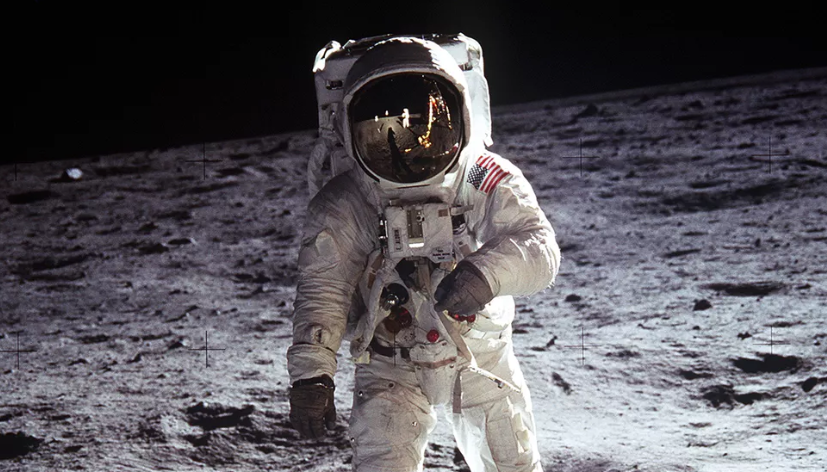Loudon Wainwright Jr., father and grandfather of songwriters and musicians, was a prominent literary balladeer of 1960s culture, and — just as Americans might tire of 50-year commemorations of humankind’s greatest space adventure — he felt a creeping sense of tedium, almost boredom, at Cape Kennedy as he awaited the launch of Apollo 11.
But the night before the liftoff, Wainwright heard this observation:
“What we will have attained when Neil Armstrong steps down upon the moon is a completely new step in the evolution of man. For the first time, life will leave its planetary cradle, and the ultimate destiny of man will no longer be confined to these familiar continents that we have known so long.”
Those words were spoken by Wernher von Braun, and they jolted Wainwright, stirred him, as he put it in a Life magazine essay, “in ways that no amount of engineering brilliance, astronautical competence, and the cool confidence of the entire Apollo project ever could.’’
























